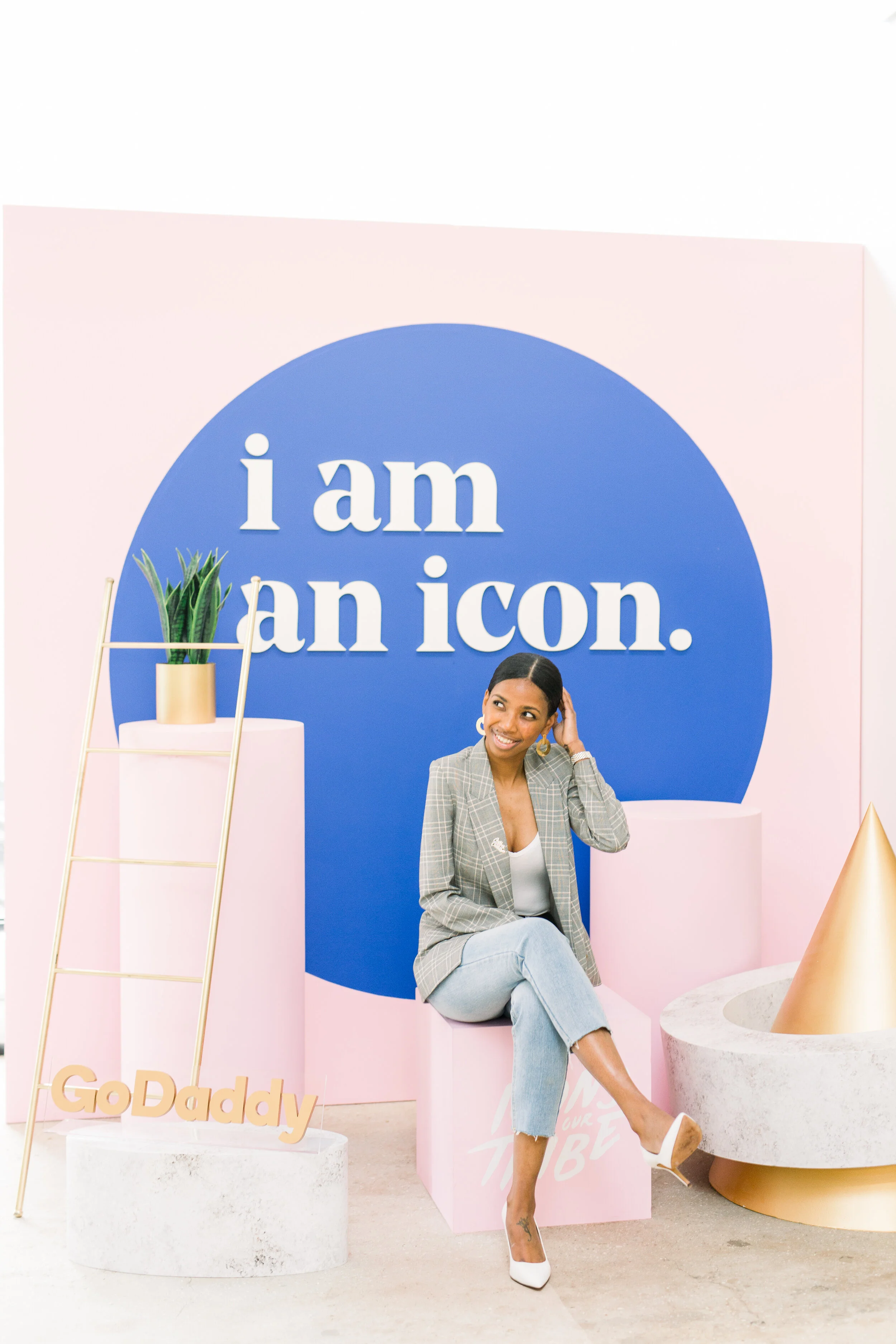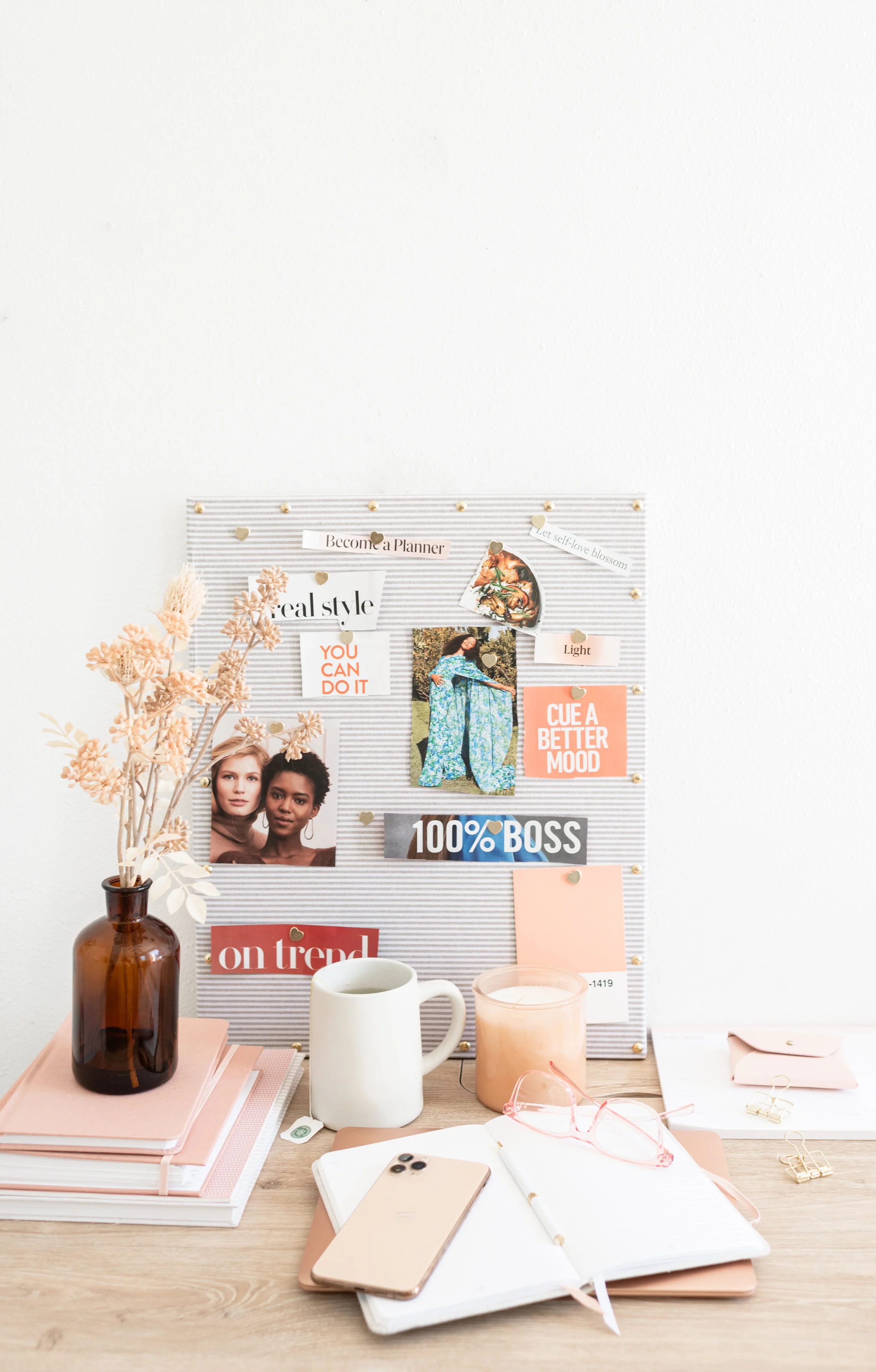If you’ve been in the business world for any amount of time, you've probably noticed the impact a well-designed, conversion-focused website can have on your business. Not only does it help position you to look like the professional you are and build your ever-important “know, like, trust” factor, but a powerful website can also be a major boost to your marketing efforts.
But figuring out when it’s the right time to invest your time in DIYing your site or invest your hard-earned money in a professional designer can be a minefield. Here are five questions to ask yourself to help you decide if you should DIY your website or take the leap and hire a professional designer to create one for you.
1. What stage of business are you at?
When just starting out, and during those first few growth months, it can seem daunting to tackle creating a website from scratch, but it is usually a good idea to DIY your website at first.
Not only because you’ll be able to save your investment in a professional designer for other, arguably more critical, parts of your business but also because you’ll likely see many shifts in your brand and business as you evolve over the next few months, so investing a large portion of your income into a professional site might not give you the returns you’d like to see for your investment.
Once you are bringing in a consistent income and you feel relatively settled into your brand, it can be a great time to start talking to website designers to see how creating a polished, strategically designed, and aligned website could support your growth.
2. How do you feel about tech?
The exception to the above is if the idea of all of the tech that comes along with websites sets you off in a panic. If you know you need a website but you also know that if you do it yourself you’ll leave it on your to-do list forever because you’re dreading working on it, then it could be more effective to invest in hiring a web designer to set it up for you.
Another great option could also be to find a well-designed template that you can take and tweak to your specifications and save yourself a lot of technical heartaches.
3. Do you have an eye for design?
While your website doesn’t need to be, and shouldn’t be, overdesigned, if you don’t feel comfortable picking out appropriate colors, fonts, and layouts that make sense for your business and represent you as an expert, then bringing in a professional designer could be a great idea.
A strong brand is key to creating a successful website, so starting with a brand template or semi-custom brand could be a great starting point to help you feel empowered to then tackle the layout and graphic design. If, on the other hand, website layouts leave you scratching your head, opting for a strategically designed website template could be a great way to empower you to create your website yourself.
4. Do you have a strategy for how your website needs to work to serve your business?
The whole point of your website is to bolster your marketing efforts, warm up leads, and make sales, but every business has slightly different needs, so how all of this needs to come together on your website will be unique to your business and your goals.
When DIYing your website, you’ll be either mapping out this strategy yourself or following a template. When working with a designer, they’ll help figure this out with you and offer their expert advice on how to best optimize your website for your goals.
Have an honest conversation with yourself (or someone else if you prefer) about which option makes the most sense for you and your business at this point.
5. What’s your budget?
The last key thing to consider when deciding if you want to DIY your website or hire a designer is what your budget looks like.
If money is tight and you need a quick return on your investment, a professionally designed website might not be the best investment for you. That’s because websites often take time to truly pay off with increased traffic, more leads, and better conversions so they are a longer-term investment.
However, if you have a runway of a few months and can afford to put in the money upfront to see the return down the line, that can be a great sign that it’s time to put some fuel on the fire and invest in a professionally designed website.
"Have an honest conversation with yourself about which option makes the most sense for you and your business."
—Michelle Pontvert, Branding and Website Designer
About the author: Michelle Pontvert is a branding and website designer supporting her fellow moms and mums on a mission to scale up their service-based businesses without burnout so they can spend more time with their families and doing what they love. Grab her free training on creating a website that converts on her website and say hi over on Instagram @michellepontvert.
Featured image: Color Joy Stock
























